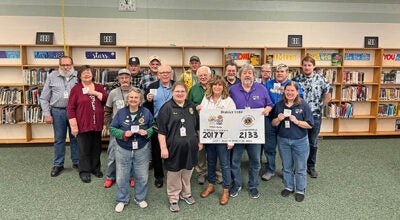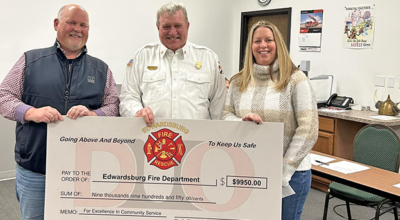Broadway theater had key role in 50s
Published 11:43 am Friday, April 25, 2014
The end of World War II brought thousands of young servicemen back to America to pick up their lives and start new families in new homes with new jobs.
With an energy never before experienced, Americans began looking for the good life.
After years of sacrifice they were ready for the pleasures of life that they had learned to live without.
One of the most enjoyable and pleasurable past times was the Broadway theater, which had been slow to restart. Musical theater became more of a drama than the lighthearted theater of the 1940s. Public demand, a booming economy and an abundance of creative talent kept Broadway moving. Many new stars emerged including Ethel Merman, Mary Martin and Yul Brynner, and Gene Kelly, Richard Rodgers and Oscar Hammerstein had their share of hits in the 1950s and at one time, had four shows running on Broadway at the same time.
The most memorable of the ‘50s are still loved today. “The King and I,” “The Sound of Music,” “Flower Drum Song” and “South Pacific.”
They were only two of the prolific writers and composers of the time. There were many others; Cole Porter, an Indiana native, who wrote “Kiss Me Kate,” “Can, Can” and “Silk Stocking”; Irving Berlin was responsible for “Call Me Madam,” Frank Loesser wrote “Guy and Dolls.” One of the all time favorites “My Fair Lady” was written and composed by Alan Jay Lerner and Frederick Loewe. Meredith Wilson was responsible for “The Music Man” and Leonard Bernstein wrote the music for “West Side Story.”
Most of the Musical theater of the ‘50s is still popular today mainly because most of it has been filmed as movies. They can be seen on television often even today.
Most of it is very wholesome fare appropriate for the family and appropriate for high school productions. Many songs became popular from those musicals.
These productions not only cheered and entertained a country in the 1950s but have have remained popular and hopefully will continue on for many years to come.
Jo-Ann Boepple works at the Edwardsburg Area History Museum.






